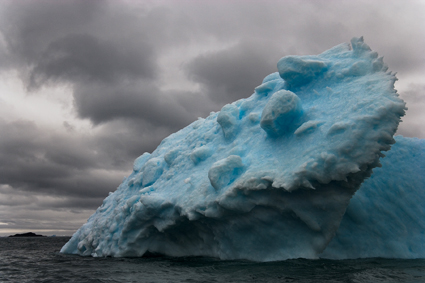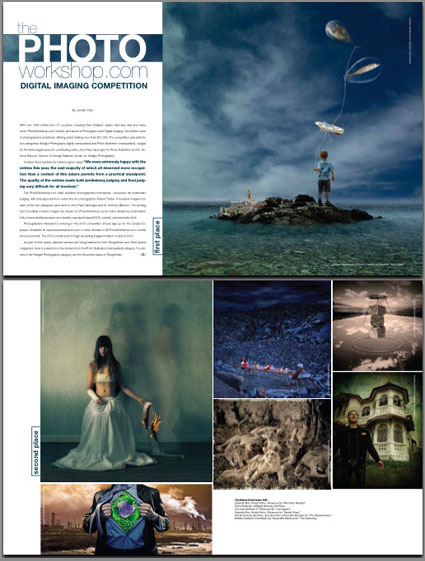Make A Plan For Your Creative Life
 Make a plan.
Make a plan.
Whether you’re engaged in your creative life professionally or simply as a vehicle for personal growth (an important distinction to make), I recommend you make a creative plan. If you do this, you too will find both your productivity and fulfillment will increase, in a way that’s meaningful to you. Having defined what you need to accomplish, your unconscious will go to the work of fulfilling it, generating many ideas over time. You’ll find yourself ready to make the most of unexpected opportunities as they arise. Put this all in writing using your own words. Writing increases retention 72%. If you write something down, you’ll be 75% more likely to take action on it. Remember, while other people can help you discuss and refine your plan as it develops, no one can do it for you. For you to truly understand and benefit from it, you have to do it. More importantly, for it to be right for you, it has to be yours.
Break it down into clear manageable pieces.
Set a mission (why you’re doing it), goals (what outcomes you want), projects (the big things you do)(set goals for 1 year, 2 years, 3 years, 5 years, and end of life) and actions (the small steps you take to getting your projects done)(detail your 1 year next actions list) for your creative life. You’ll have one mission, several goals, many projects, and innumerable actions.
Align your creative mission with your life’s mission.
Most people need at least two missions; one for their life in general (which includes many things – health, family, finances, etc) and one for a specific area, like their career or creative life, which may or many not be the same. Make sure that your missions share something in common – something other than yourself. The more you can align the them, the more likely you are to achieve them, increase your productivity, and be more fulfilled.
Set priorities.
Set timelines.
Chart your progress.
Be flexible.
Update your plan.
A plan is a work in progress. The best plans are flexible and can be modified. If I don’t learn something new from a process, often something that shifts my perspective significantly enough to start doing something better than before, then I feel I haven’t truly excelled at what I’m doing. I expect to improve my plans.
The time you spend clarifying why you’re doing what you’re doing and what you’d like to see come of it will save you hours, months, even years by ensuring that you’re going in the right direction – a direction of your own choosing. When you make a plan, you take control of your life.
Read the extended version in AfterCapture.
Read more in my essay Developing Personal Projects.
Read more in my Creativity lessons.
Learn more in my Creativity workshops.




